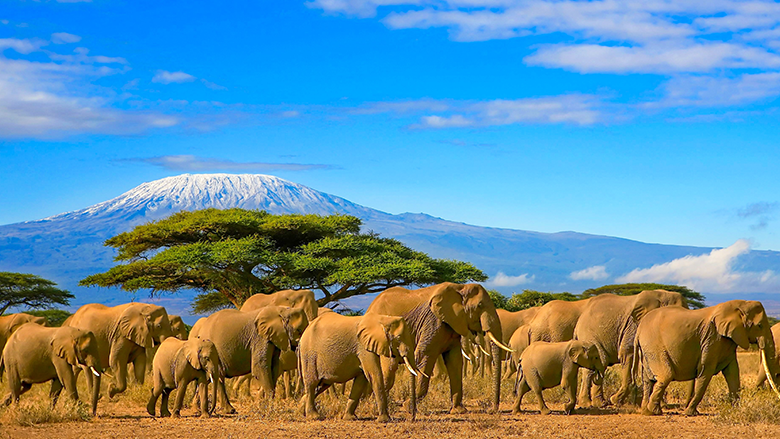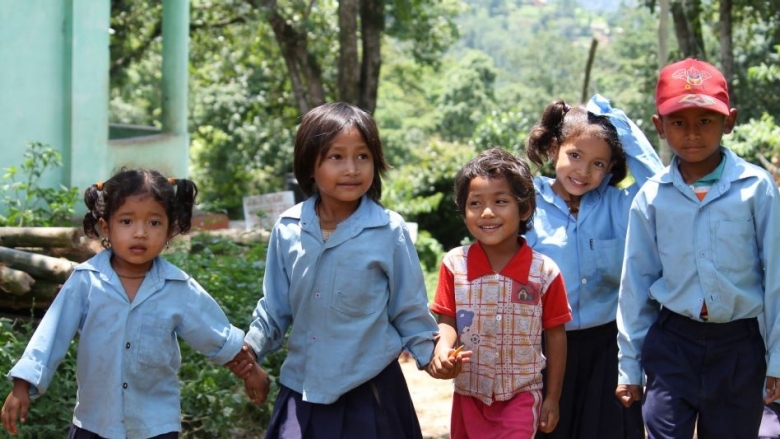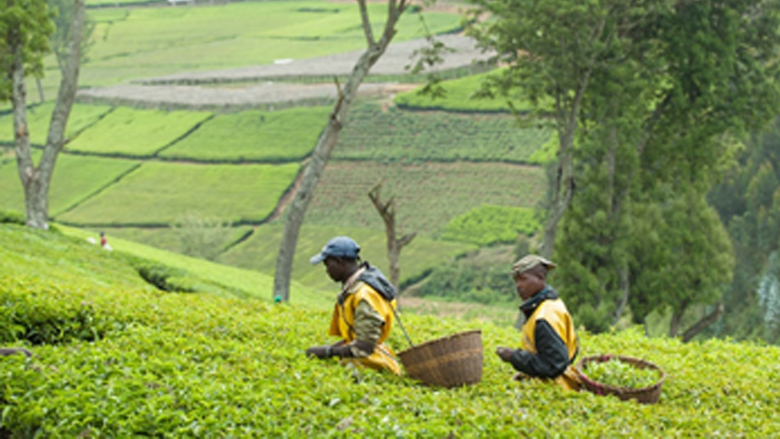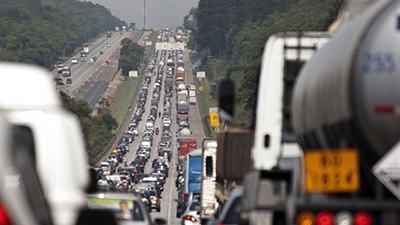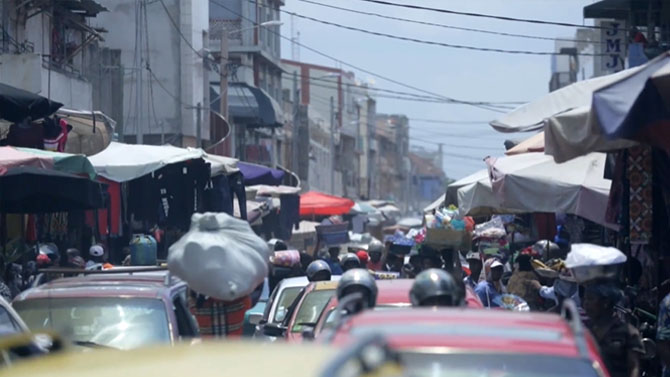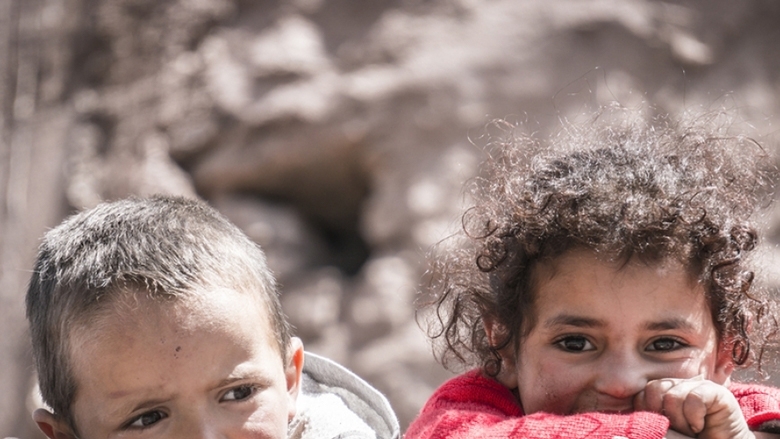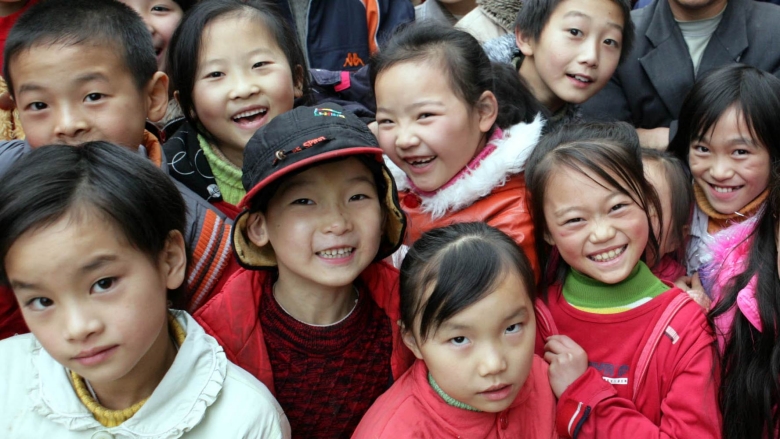The International Development Association (IDA) is the part of the World Bank that helps the world's poorest countries. Overseen by 175 shareholder nations, IDA is one of the largest sources of assistance for the world's 78 poorest countries. It is the single largest source of donor funds for essential social services in these countries.
IDA aims to reduce poverty by providing grants, zero to low-interest loans (called "credits"), and other market-based products for programs that help countries invest in their futures, improve lives, and create safer, more prosperous communities around the world.
In addition to credits, IDA provides grants to countries at risk of debt distress, specialized Scale-up Windows (SUWs) for non-concessional financing, and IBRD enclave loans for eligible countries. IDA also offers various risk management solutions to clients, including contingent financing for disasters.
IDA funds are allocated to the recipient countries based on their income levels and record of success in managing their economies and ongoing IDA projects. IDA's lending terms are highly concessional, meaning that IDA credits carry no or low-interest charges. The lending terms are determined with reference to recipient countries' risk of debt distress, the level of GNI per capita, and creditworthiness. Recipients with a high risk of debt distress receive 100 percent of their financial assistance in the form of grants, and those with a medium risk of debt distress receive 50 percent in the form of grants. Other recipients receive IDA credits on regular or blend and hard-terms with 38-year and 25-year maturities, respectively.
IDA complements the World Bank's original lending arm—the International Bank for Reconstruction and Development (IBRD). IBRD was established to function as a self-sustaining bank and provides loans and advice to middle-income and credit-worthy low-income countries. IBRD and IDA share the same staff and headquarters and evaluate projects with the same rigorous standards.


